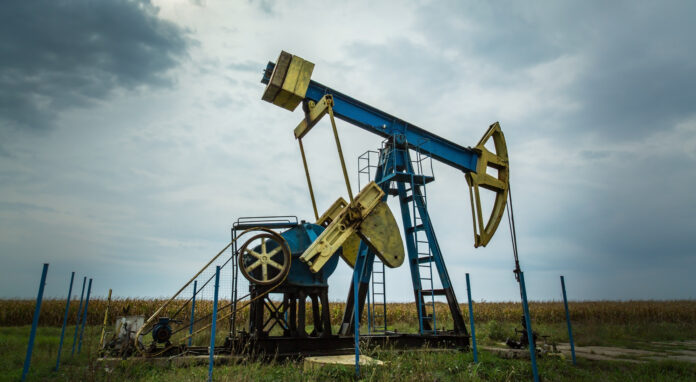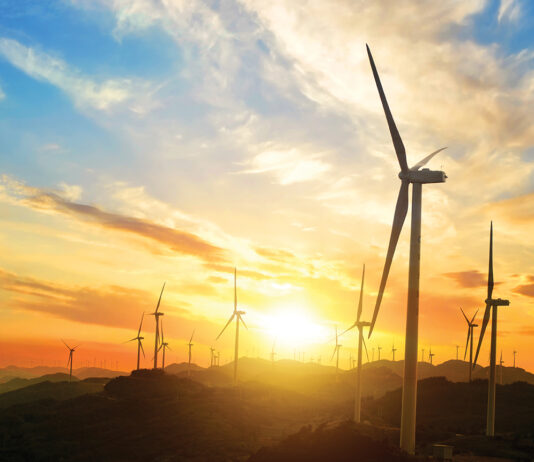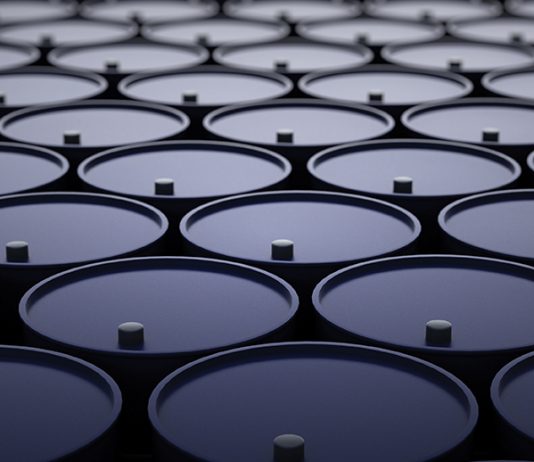
Modern oil companies are going digital. To accomplish that, they are looking for easy-to-install, easy-to-use solutions that solve an immediate problem using cost-effective digital technology. Those three attributes—easy to install, easy to use, and cost-effective—are reshaping well monitoring, and by extension the oil and gas industry as a whole. Well-monitoring may not be exciting, but it’s one of the most important jobs in the business.
As the world’s wells age and regulations become stricter, there’s increasing pressure to properly maintain wells. A study by McGill University found that Canada is underestimating methane emissions from its abandoned wells by as much as 150% and that official US emissions estimates are 20% below actual levels.
Well-monitoring prevents chronic problems from becoming acute disasters. It keeps your company’s name out of the headlines. But just because it’s important work doesn’t mean it’s easy. In fact, it’s usually hard going, especially in remote areas of the world. Different teams must collaborate, often in dangerous, unpredictable environments. Understandably, site visits to these locations are infrequent.
Digital technology can make maintenance and well integrity monitoring simpler and better. Indeed, it already has—in those areas of the world where there’s infrastructure, reliable connectivity, or easy access to wells. With infrastructure, wells can be monitored using wired technologies that provide accurate and up-to-date data. These “wired systems” provide reliable data, so your team can look out for threats in wells, and respond with targeted maintenance.
The problem? These wired solutions are expensive. Setting up a wired system takes months and halts production so you can build out the necessary procedures, train your team, and do a lot of testing. This is why they aren’t a realistic solution for most businesses or use cases—especially those in remote areas.
Instead, companies are forced to send engineers out to wells every few weeks (or months) to take diagnostic readings. These trips are also expensive: costing between $500 and $40,000, depending on the well location, crew size, and type of trip.
So, what are your options if you can’t install a wired connection, or don’t want to send out teams of valuable engineers on hazardous journeys to inhospitable locations?
You could use cellular networks, but only if your wells are in a place where there is cellular service. Despite what the wireless carriers might say, “global coverage” generally means “coverage in the places where we assume there will be people.” In other words, not where oil wells are located. Remote oil wells are sometimes so remote, there’s no way to connect them using cellular networks.
Alternatively, you could use satellites. These do provide connectivity to anywhere on the planet. You can beam up wellhead data directly to the satellite, and in a matter of minutes, you can see that information on a screen on the other side of the world. The catch? Satellite connectivity is expensive because their vendors expect you to transmit tons of data. To get that data, you need a seriously reliable power supply.
Another major roadblock with satellites: they can’t cover an entire oilfield. Most satellite technology gives you a gateway-to-sensor range of about 200 meters, which is insufficient for most business cases.
The Four Musts of Remote Wellhead Monitoring
Let’s imagine that technology has evolved to solve the shortcomings of old-school satellite connectivity. What if the latest digital satellite technology could offer a safer path forward while saving money and meeting the most practical business needs? What essential criteria should we look for?
- It must be efficient.
- It must be affordable.
- Global coverage should be a guarantee.
- My use case should be supported.
In recent years, satellite technology, IoT technology, and processor miniaturization have converged to enable a new generation of satellite connectivity. This has broad and important implications for oil and gas worksites where there is no connectivity.
The latest satellite technologies are already bringing limited—but reliable—connectivity to remote areas of the world. And while the current technology can’t let you stream video, it’s certainly sufficient bandwidth to enable the collection of key operational data from a remote wellhead. Today’s satellite technology has the potential to transform the industry by enabling cost-effective digitalization of wellheads and pipelines.
End-to-End Solutions That Can be Tailored for Any Use Case
End-to-end solutions are exactly what they sound like: complete, packaged solutions. They usually include hardware, software, and connectivity. They’re meant to be easy to use, especially once the initial setup is done.
This offers several advantages over traditional digitization projects, including:
- Ease of installation
- Simplicity
- Cost reduction
- More powerful insights
Most digital transformation projects indeed involve expensive consultants, specialized talent, and long, frustrating installation periods. But it doesn’t have to be that way. As the cost of producing IoT + satellite technology decreases, the number of companies that will develop complete systems and ship them to the market will grow.
This ultimately means that your business will have access to easier solutions for big problems. If you need to monitor something, you can buy a kit in the mail that your team can install, set up, and start using in a matter of weeks.
Meaningful digitalization is bringing exciting possibilities to the world of oil and gas — especially well monitoring. The things that have been true about well monitoring in the past: it’s prohibitively expensive, it must be done manually (often, in dangerous circumstances), and the technologies trying to digitize it aren’t ready yet to serve me, are no longer true.
Now, thanks to these innovations, you can monitor your wells from anywhere in the world, all while saving considerable costs. Tomorrow’s oil companies are intent on digitally transforming their field operations. They expect more from their well-monitoring technologies. And some are already reaping the benefits of today’s advanced technologies.
Roel Jansen is the CEO of Hiber. Hiber’s mission is connecting everything everywhere to deliver productivity and sustainability in global IoT. Hiber has launched the world’s first global IoT satellite network to deliver cost-effective, easy-to-use end-to-end products, including HiberHilo for oil and gas well-integrity monitoring and HiberHeavy for heavy equipment monitoring. Contact Roel at [email protected].
Get the Real Story with Shale Magazine
At Shale Magazine, our sole mission is to look at the facts from an objective angle and report on current events that matter most to energy industry stakeholders. Actions like the Whitehouse unfairly characterizing oil and gas profits as “evil” while Texas plans to divest from ESG funds showcases where both sides certainly have a long way to go. Shale Magazine offers fresh insights into every issue by never shying away from a story and sticking with the facts. Make sure to check out our latest issues to stay in the know about all things energy. You’ll find great opportunities for networking and events, exclusive interviews and one-on-ones with top industry execs, and all the latest news from upstream, midstream, and downstream.
















